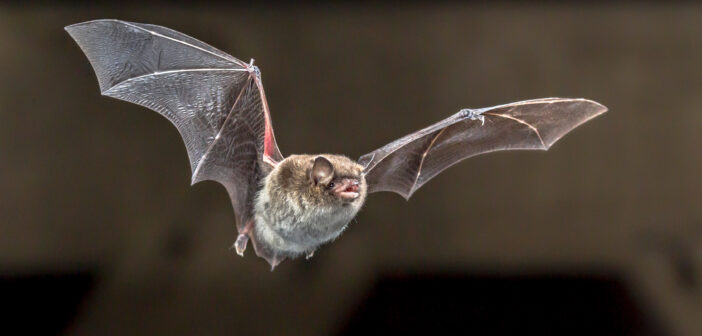Rabies is a viral disease that attacks the nervous system of mammals (including humans). It’s terrible and deadly. But, it’s rare and you’ll likely never see a rabid animal.
The virus is commonly transmitted in the saliva of an infected animal when it bites another animal, but it can also be found in its eyes or nose. Untreated rabies is always fatal and it kills one or two people every year. According to the Centers for Disease Control (CDC), this is almost always because the victims didn’t understand their exposure after being bitten. The CDCs advice is to get prompt treatment if you get bitten by any animal that could have rabies.
Many people think of bats when they think of rabies, but the CDC reports most cases come from raccoons, skunks, and foxes. To see the latest rabies report (2022) for your state, click here.
Nocturnal animals out in the daytime
It’s a common misconception that a nocturnal animal seen in the daytime must be rabid, but this is rarely the case. In spring and early summer, mothers and juveniles will venture forth even in daylight to search for food. Watch the skunk mother and her kits out in daylight. At any time of year, especially hungry animals may come out to forage, and they’ll behave normally.
Identifying a rabid animal
A rabid animal will display symptoms such as lethargy, stupor, walking in circles, paralysis of one or both back legs, loss of balance, eye or nose discharge, or unexplained aggressiveness toward humans. (Note that even healthy animals may behave aggressively when cornered.)
If you believe an animal is rabid, keep family and pets away and call your local Animal Control. A word of caution about calling them: Animal “control” usually means animal euthanasia. Please don’t call them unless you’re pretty sure the animal is ill. Some jurisdictions have standing orders to kill certain species even if they don’t appear sick.
If your pet is bitten
If you (or your vaccinated or unvaccinated pet) are bitten, try to contain the animal, but don’t risk another bite. Containment may be as easy as placing a box over the animal, with a heavy rock on top to hold it down. Wash your wound with soap and water and seek medical attention immediately. Teach your children to immediately tell you if they’re bitten or scratched by a wild animal. By the way, rabies vaccinations for humans are no longer administered into the abdomen, a reportedly very painful procedure of the past. Now, they go in the arm, one a week for a few weeks, and they’re no more painful than a flu shot (not that anyone would want to experience it!)
How to humanely remove wildlife from people spaces
Explore an insect-friendly yard




